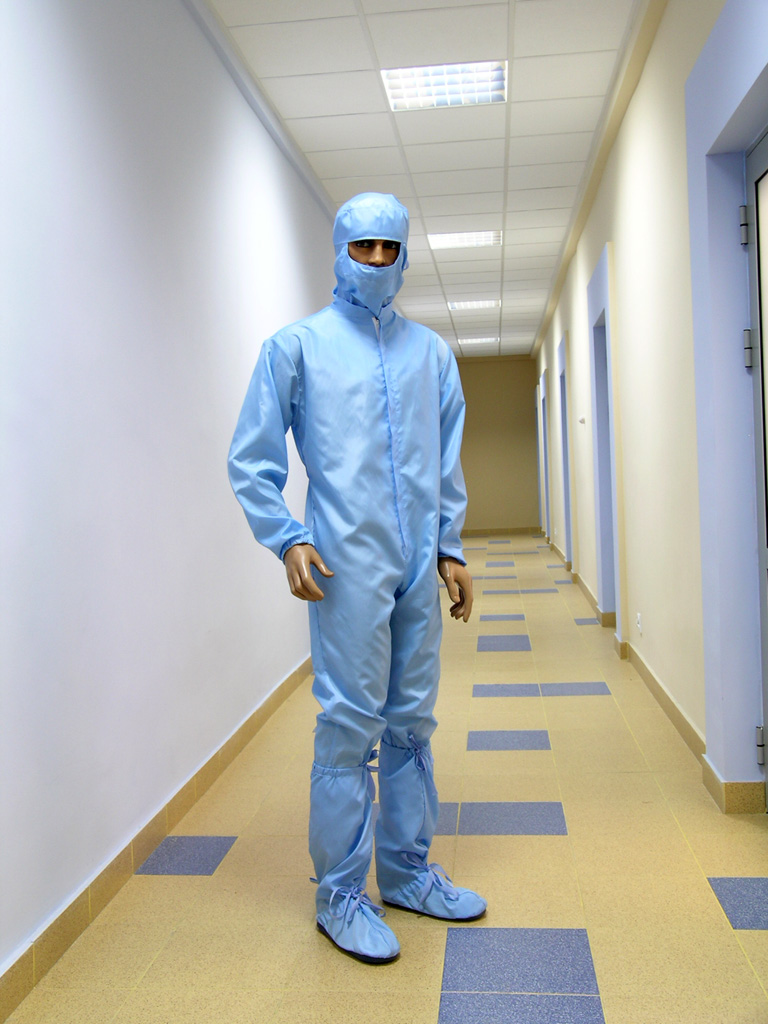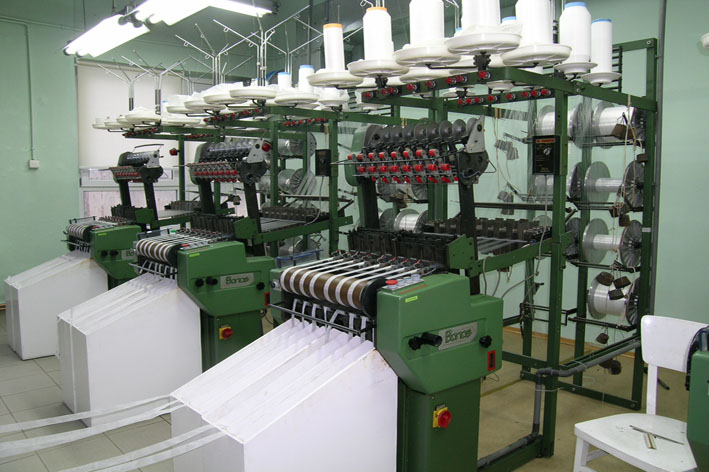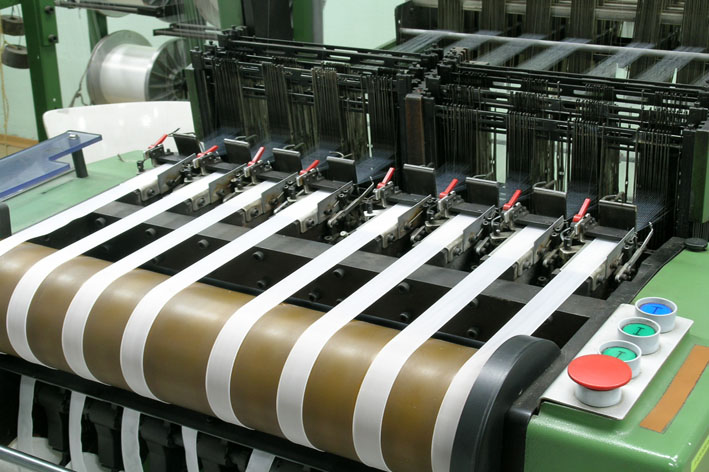Poland Textile Research Institute develops new textiles
Mar 02, 2016
Poland’s Textile Research Institute (TRI) has developed new textiles enabled with anti-UV and anti-electromagnetic capacities. Protective clothing developed with the use of these textiles will be supplied to law enforcement officers, healthcare workers, farmers and other professions, but they will also be used in the manufacturing of curtains and other products.
Following research and development activities, the TRI is currently pursuing projects which aim to introduce its products to both the domestic and foreign markets, according to the institute’s management.

The R&D works are carried out as part of the Envirotex consortium, led by the Polish institute, which has secured more than PLN 16.5 million (€3.8 million) in funding under the European Union’s Innovative Economy operational programme. As much as 85% of the total amount was provided by the EU, with the remaining part covered by the Polish state.
Foreign, domestic firms eye textile production
To date, the TRI has sold licences for use of these innovative textiles in the manufacturing process to two companies, and numerous foreign producers have applied to obtain further licences, reports local business daily Puls Biznesu. This said, the institute does not grant exclusive rights to distribute its products, which include nano-textiles, worldwide, according to senior TRI representatives.
"There has been a major interest in our products by various companies, also those foreign-based, for instance, from Brazil," said Jadwiga Sójka-Ledakowicz, the institute’s director. "To date, we have granted licences [to commercialise our products] to two companies."
In addition to protective textiles, which are enabled with anti-UV and can be used to manufacture a wide range of special clothing for various professions, other innovative solutions developed by the TRI include protective textile screens fitted with anti-electromagnetic capabilities. According to Sójka-Ledakowicz, these products can be used to protect healthcare professionals and patients from the adverse effects of medical devices. In addition to this, the screens are enabled to block the electromagnetic field emitted by electrical energy lines and radio communication equipment. As works on launching production of such protective textile screens are advancing, the institute has been contacted by a Łódź-based hospital, which is interested in acquiring such products.

Other projects undertaken by the Polish consortium comprise developing new textile structures, including woven and knitted fabrics, fitted with camouflage properties in visible (VIS) and near infra-red (IR) radiation bands.
"The main aim of our works is to commercialise our products. Science matters when its findings can be applied," the institute’s director said.
Camouflage capacities
In addition to the TRI, the Envirotex consortium consists of six other participants. These include two research institutes from the Poznan Technical University and Wroclaw Technical University, as well as the MORATEX Institute of Security Technologies, an R&D entity overseen by the Polish Ministry of Interior and Administration.
MORATEX is chiefly involved in the development of multi-component textile structures fitted with camouflage properties for law enforcement and military professionals. In a paper released by its research staff, the institute says that its R&D works developed as part of the Envirotex consortium allowed it to make new woven and knitted fabrics featuring camouflage properties in the visible (VIS), near infrared (IR) bands, and anti-radar capacities.
Established in 1945, the TRI is based in Łódź, in Poland’s central region of Łódzkie. The city has long played the role of the heartland of Poland’s textile industry. This said, the country’s transformation into a market economy and the fall of Communism in 1989 has forced numerous local textile manufacturers to shut down their operations as a result of an increased competition from more price-competitive foreign producers.

Over the past years, Poland’s authorities have intensified efforts to rebuild Łódź’s textile industry and foster innovation in the sector with the use of funds obtained both from the European Union and the state budget. Last year, the Polish government announced plans to invest some PLN 400 million (€93 million) to fund research and development activities by Łódz-based textile producers.
The TRI says that its fields of research comprise new textile materials and technologies, application of biotechnological processes in textile engineering, research on textiles resistant to physical and biological factors such as UV and microorganisms, micro- and nanotechnology including bioactive materials, as well as new directions of research on polymer processing and modifications.
The Polish institute is also the leading force behind the Nanomitex project, a consortium which was formed by Polish research institutes and universities to cooperate on a project to introduce and commercialise nano- and micro textile materials for the production of innovative textiles. Under the plan, the textiles will be enabled with various additional capacities, such as thermo-regulation, bioactive and photocatalytic capacities, allow them to regulate temperature, eliminate pollution, and protect against fire.
Source: Innovation in Textiles